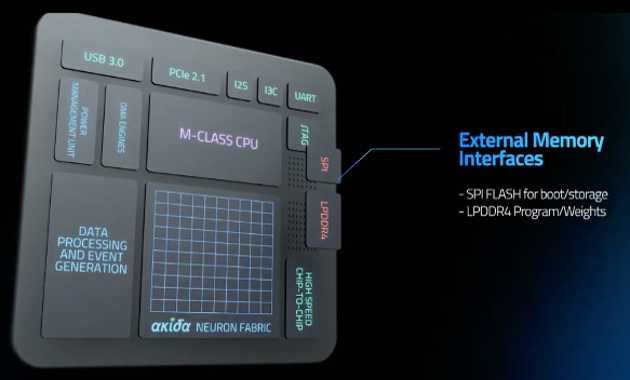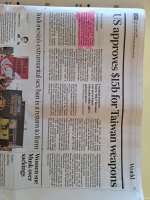This is a Google translation from French to English of an interview in:
Renesas finalizes the design of a pulse neural network chip
Technologies | December 5, 2022
By A Delapalisse, Nick Flaherty
NEURAL NETWORKS MPUS/MCUS IA
Renesas is putting into production a chip using Pulse Neural Network (SNN) technology developed by Brainchip.
This is part of an initiative to improve the peak performance of its chips for the Internet of Things, said Sailesh Chittipeddi, who became Executive Vice President and Executive Director of the IoT and Infrastructure Business Unit at Renesas Electronics and former CEO of IDT (which was acquired by Renesas) to eeNews Europe and ECI News.
This strategy saw the company develop the first silicon for the M85 cores of ARM and RISC-V as well as new capacity and foundry offers.
"We are very happy to be at the forefront of technology and we have now made a quick transition to fill our shortage of ARM-based products, but we are aware of the challenges of the market and have introduced RISC-V products to ensure that we do not fall behind in new architectures," he said.
"Our next step is to use more advanced technological nodes to push microcontrollers into the gigahertz regime and this is where they overlap with microprocessors. The way I see it is that the important thing is above all the performance of the system.
"Now you have accelerators to drive AI with neural processing units rather than a dual-core processor. We are working with a third party to put a processor into production in December on a 22 nm CMOS process, "said Chittipeddi.
Brainchip and Renesas signed an agreement in December 2020 to implement pulse neural network technology. The tools are vital for this new field. "The partner gives us the training tools we need," he said.
The adoption of technology depends on market adoption, he says.
"We want to see where the market reception is highest, this is what determines whether we do things internally or through a third party. ”
He points out that he works with Andes on RISC-V hearts, then moves on to the development of his own hearts. "You will find something similar on the AI side where accelerators will be integrated internally and some not, it will be entirely based on market activity. Our general philosophy is to internalize things - it's very difficult, but that's what dictates where we put our money and investments.
User experience
"Now that we are starting to reconstruct the pieces of the puzzle, how can we dominate the ecosystem? This is how we assemble it - it's the user experience. How to make it transparent so that customer A and client Z can obtain the desired result transparently, from the availability and ease of use of machine learning models to the implementation of the microcontroller with the fewest clicks to access the cloud, "he said.
"For me, the next big step in the trip is the user experience. The ease of use of analytical data is beginning to matter - cloud providers have their own tools, but the question is how easy it is for our customers to use their tools. It is therefore the API and probably a set of things to help them create scripts.
"Ship and forget is the ideal model you want to access," he said. "Dino Arduino reaches 30 million users without being disturbed on a daily basis. This is something we can learn from, "he said.
Renesas had a good year, he says. "It was a story of good things and really difficult things," he said. " 2022 will be a satisfying year for us. I am not saying that we are immune to macroeconomic forces, but given the strengths in the supply chain, most customers have been relatively positive about our ability to supply them. Thus, our manufacturing, supply chain and sales teams have done a very good job to satisfy customers. ”
"Our internal capacity needs are always tight at 40, 55 and 60 nm and some of our products are still there, it's slowing down a little. What we did, what could be different, is that we signed long-term agreements with clients, so we invested in capital with our partners to commit ourselves to capacity for a horizon of three to five years. It's not just an internal discussion. Whether it's new lines or new fabs, there are a bit of both.
There are fabs to come in 2024 and 2025 with a foundry partner and a new 300 mm fab for the MF3 and MF4 process for microcontrollers with integrated flash, as well as a new 200 mm capacity. He also reopens his Kofu fab for power composers.
Old fabs never die – Renesas reopens fab for 300mm power silicon
"In our plans, we see an ongoing need for sustained investment," he said. "The capacity constraint is still there in the world of IoT. This is where the greatest consumption of silicon ends up occurring.
The 40nm RV40F process is used internally and at TSMC and it is being sought to extend it to other foundries as well, he says. "We are working with another partner to use the 40 nm process," he said.






